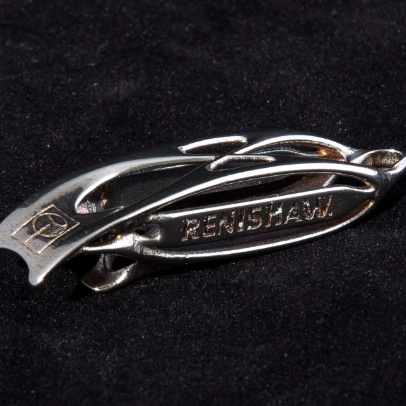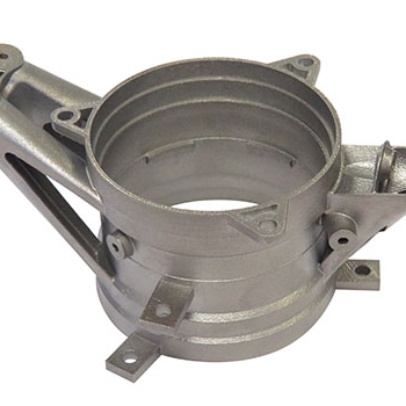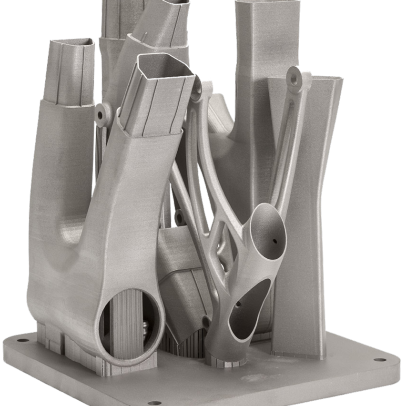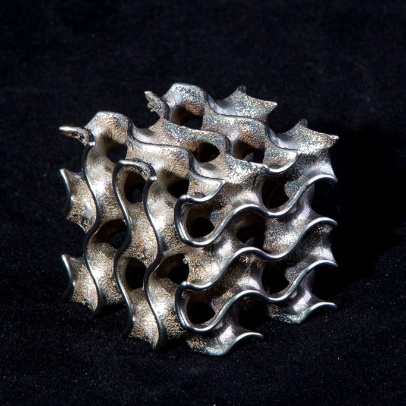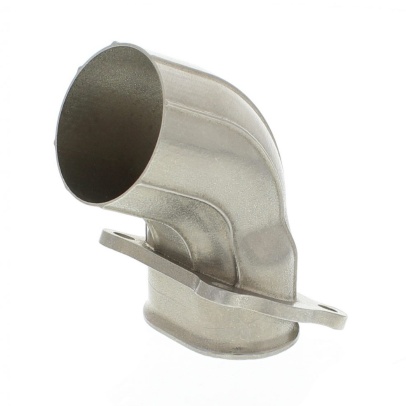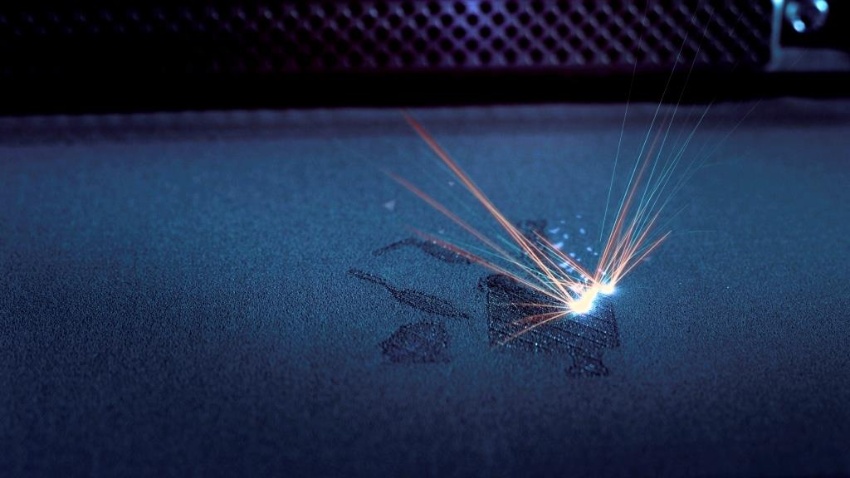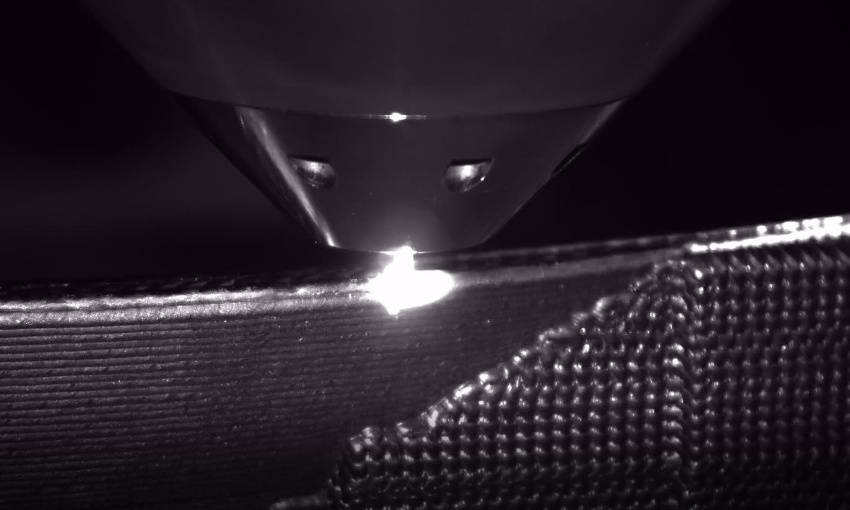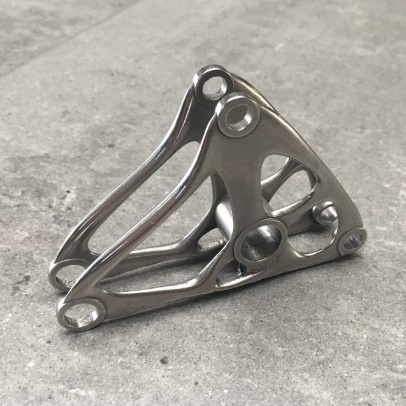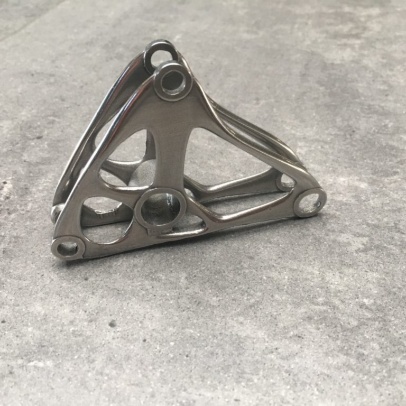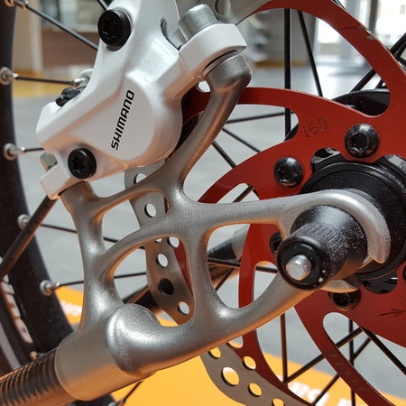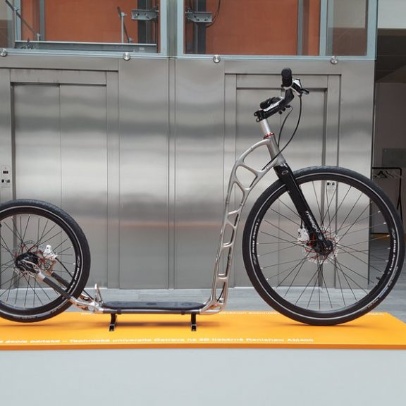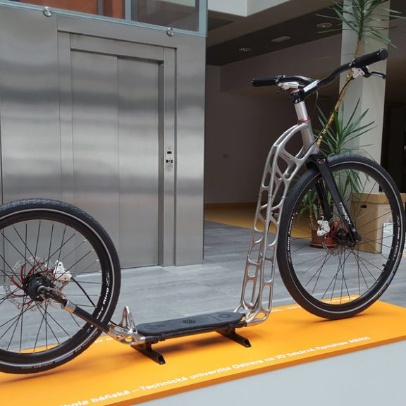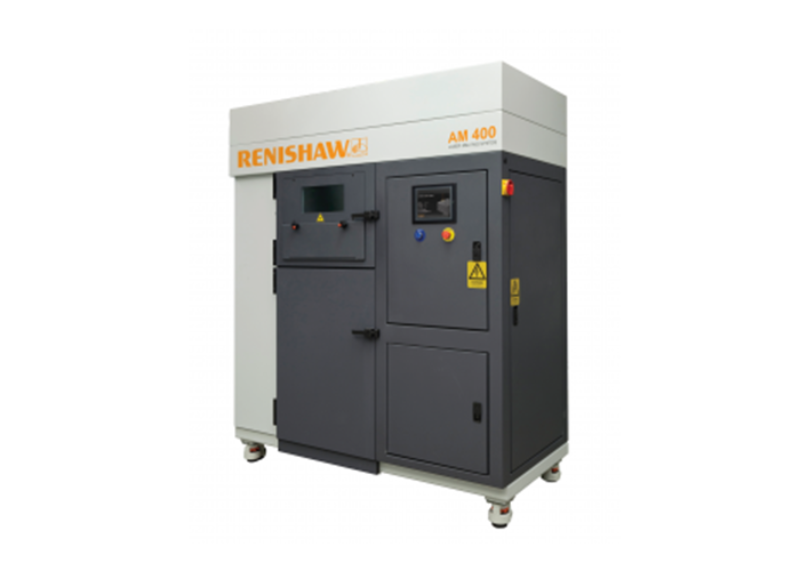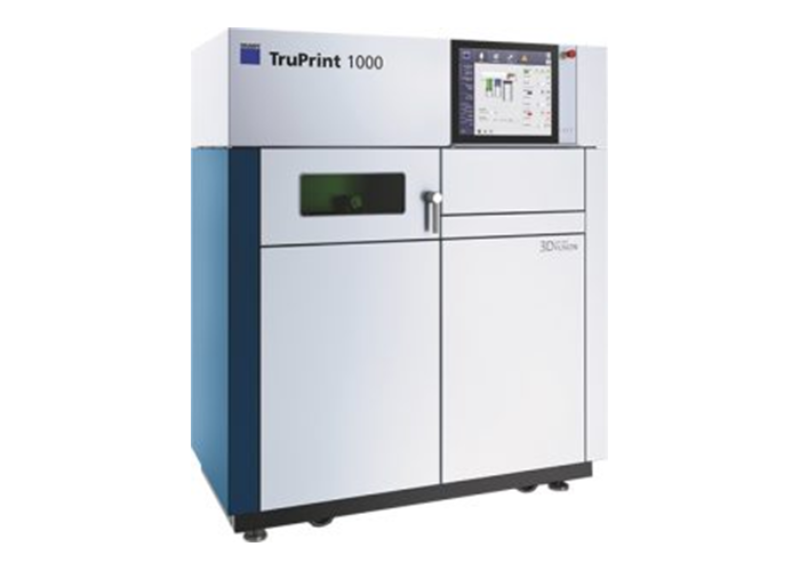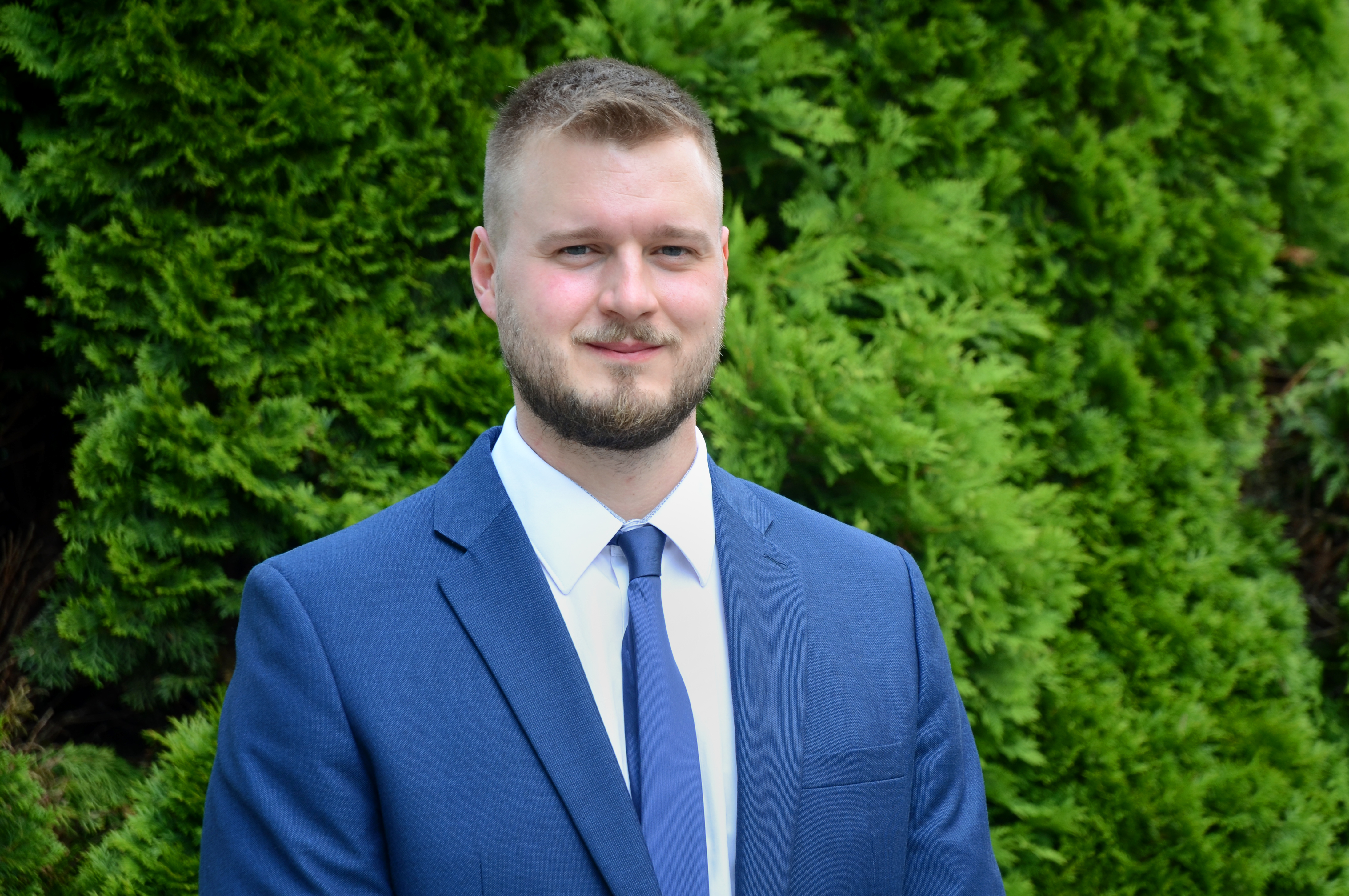Our facility offers two advanced laser-based technologies for additive manufacturing of metal components:
- Selective Laser Melting (SLM) – a powder-bed fusion method where fine metal powder is selectively melted layer by layer using a laser beam. This technology is ideal for producing highly detailed, fully dense parts from materials such as titanium alloys, aluminum, tool steels, and stainless steels.
- Directed Energy Deposition (DED) – a method that uses metal wire as feedstock, which is melted by a focused laser during deposition. DED is suitable for fast fabrication, part repair, and the production of larger or hybrid components. We operate the Meltio M600 system for this technology.
Both technologies are widely used in aerospace, automotive, and general engineering applications, enabling flexible production of functional metal parts tailored to customer requirements.
